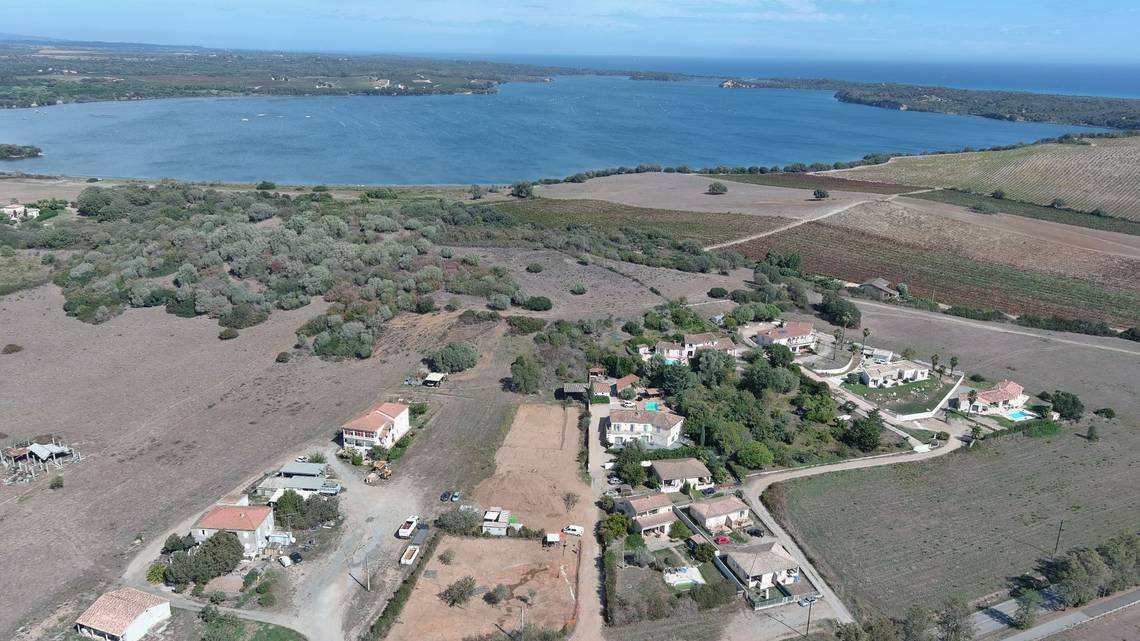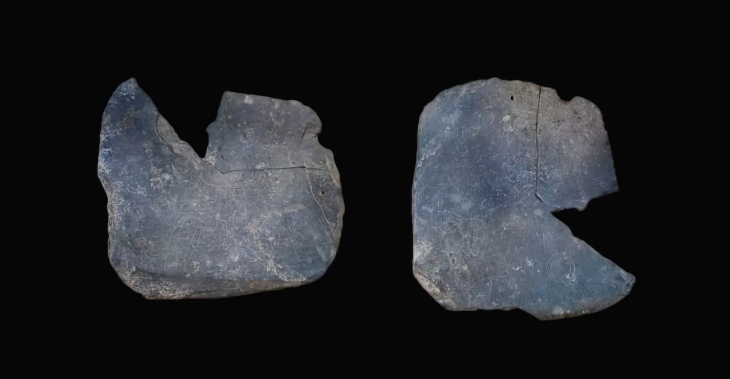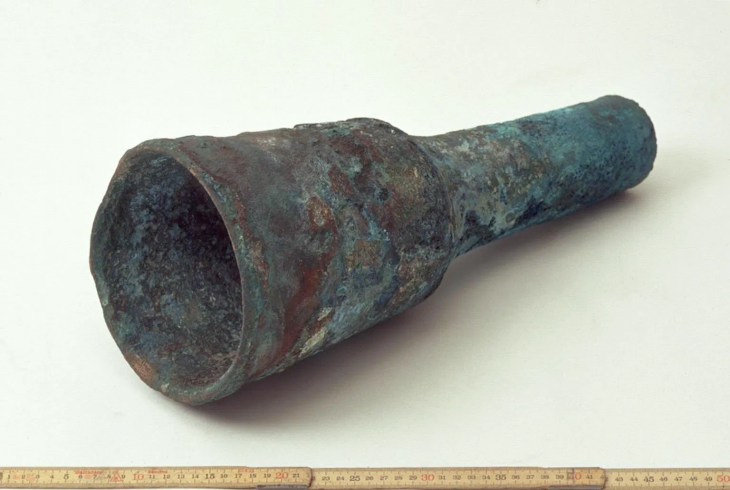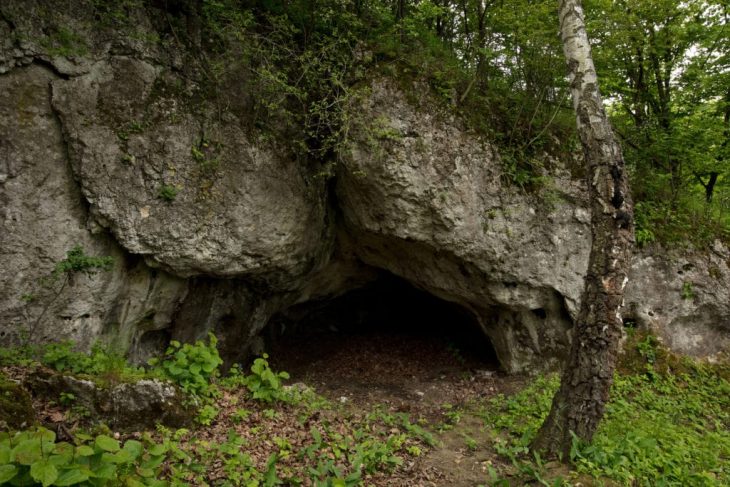Archaeologists from the French National Institute for Preventive Archaeological Research (INRAP) excavations on the east coast of Corsica have uncovered the remains of a tile workshop dating to the 1st century AD.
In preparation for a real estate development, INRAP archaeologists have been excavating the Étang de Diane, a lagoon that exits to the Tyrrhenian Sea just north of Aleria, on a total area of nearly 3,000 m² since July.
At the foot of the southern slope of the small hill overlooking the Etang de Diane, remains from the Early Iron Age bear witness to the first phase of human settlement on this site. Occupation is evidenced by around fifty structures, both hollow and pitted, which have yielded local ceramic material and Etruscan imports, as well as a large corpus of macro-lithic tools.
The presence of several post-holes illustrates the use of perishable materials in construction. The discovery of large pits, containing charcoal waste, fragmented millstones, and broken vases, points to the domestic sphere. Finally, the pebble features seem to correspond to the foundations of buildings. The protohistoric occupation extends beyond the excavation area, and it is therefore difficult to discern its structure at present.

Archaeologists found a fully operational tile production workshop just south of the prehistoric site, almost on top of the water. In the statement made by the Institute, it was stated that traces of the entire pottery production process can be seen in the remains of the workshop.
This began with the decanting of the clay, which was carried out here in big a tile wash basin, (tegulae) 4.30 m in diameter; the firing of the architectural terracotta was then carried out in a kiln, equipped with a heating chamber with double vaulted corridors, installed within a large building whose walls are structured with pebbles embedded in a lime mortar.
There was another building with thick walls held up by buttresses next to the kiln building. According to archaeologists, it was the warehouse where the completed tiles were arranged and kept. Several sizable pits excavated beyond the building’s perimeter held kiln waste as well as broken and misfired tiles.

Excavations at the workshop also unearthed eight burials, archaeologists said. Most of the graves were made of tile and stone, but one was a pottery urn.
Other finds at the site in Aléria included several structures, ceramics, and tools from the early Iron Age. Archaeologists plan to analyze their finds in a laboratory in early 2025.
Cover Image Credit: Nathalie Gonzalez/ Inrap
















